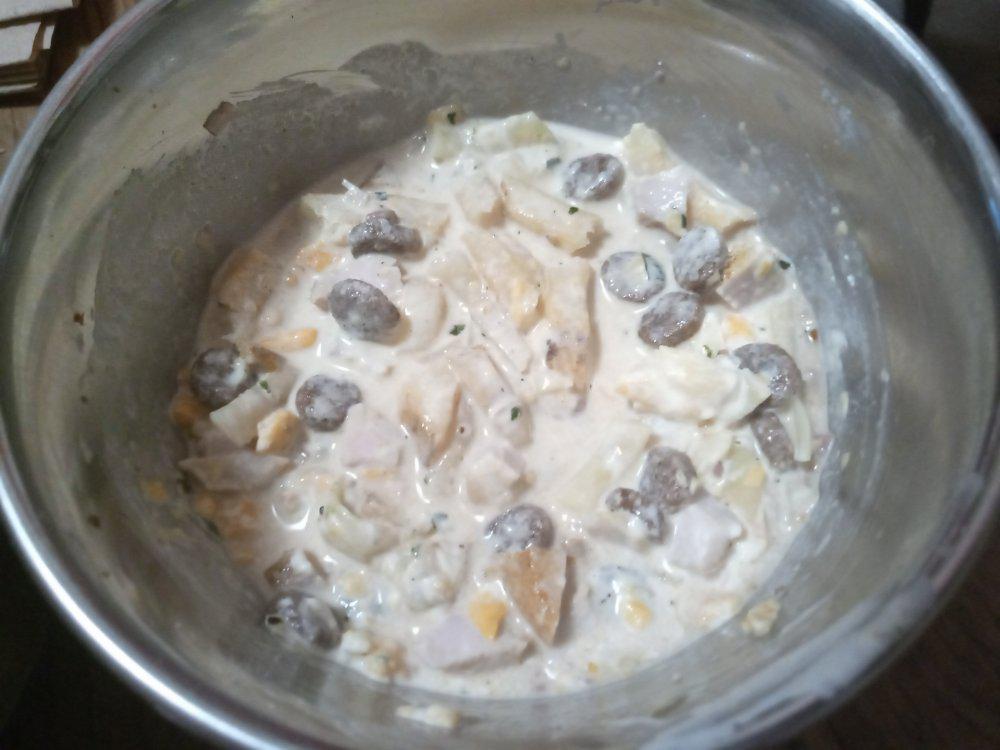Sticker Roller Box
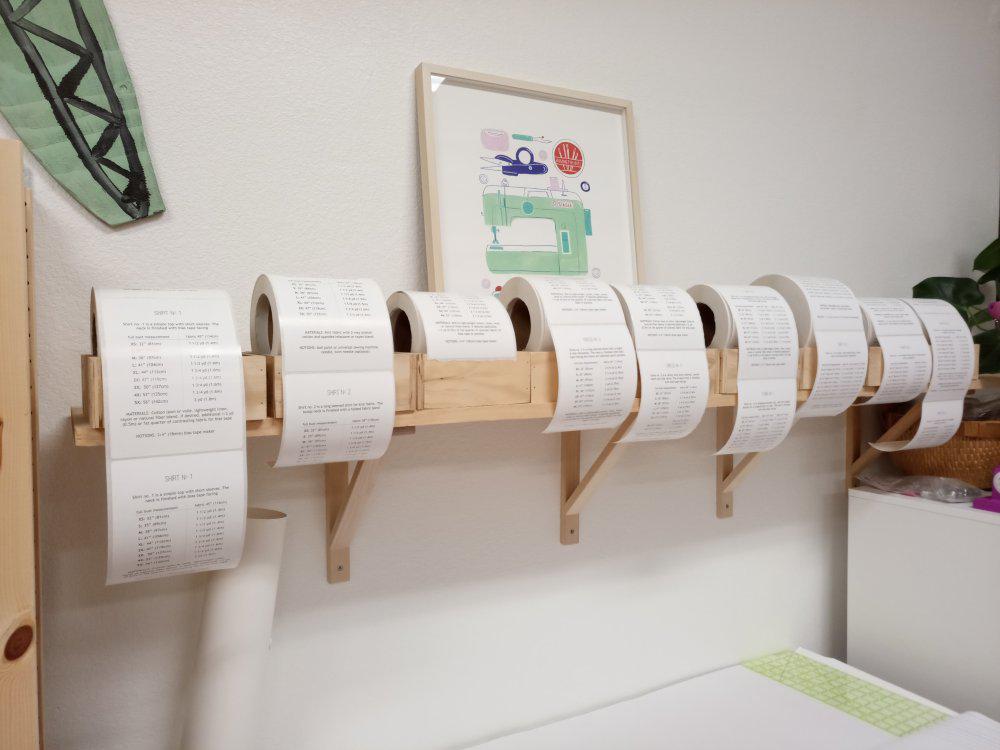
Each of these rolls has a label for a different product.
My wife sells sewing patterns. Patterns directly sold to customers through the website have the package just taped shut (with color coded tape). Patterns sold in stores need information on the back about sizes and how what materials are needed. Originally she just used to print stickers in a laser printer, but as sales grew that became expensive and awkward. So she had stickers printed by a service. For price-per-sticker reasons, she gets a thousand at a time for each pattern. These come in heavy rolls. Sometimes it will be a single large roll of 1000, sometimes two medium rolls of 500 each.
Rolls want to be rolled. But if you just put them up on a closet hanger pole, they don't roll well. The bar isn't near the center, there's friction, and it ends up being a mess.
So instead support these giant rolls with two smaller bars. And make a "roller bearing" to help them spin. I made a set of boxes to do just that.
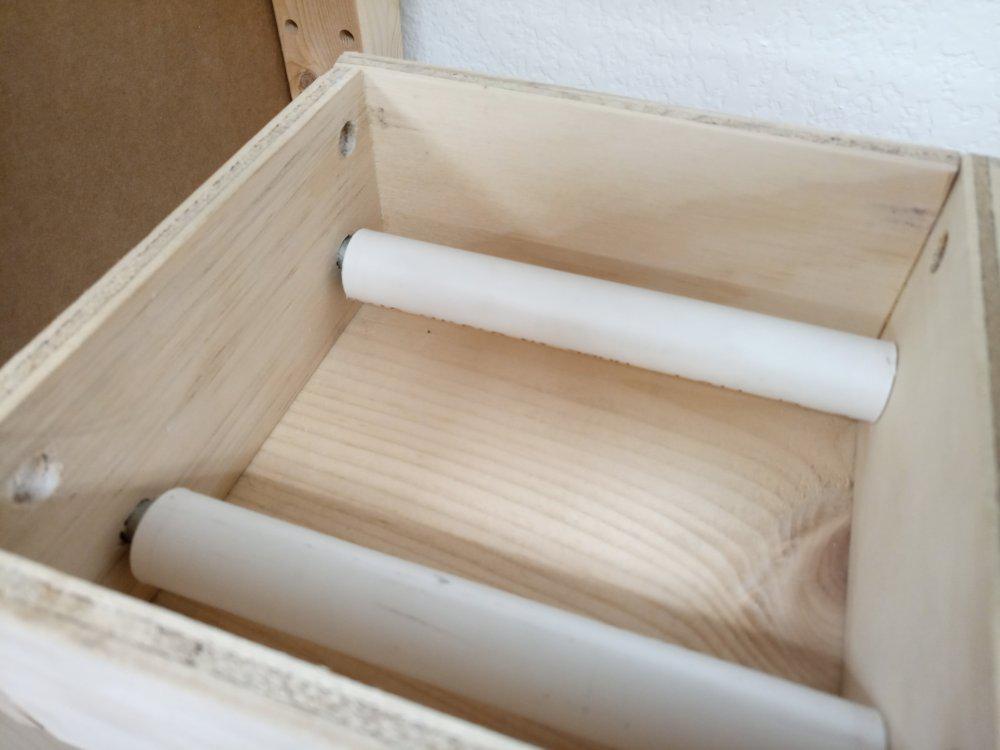
The box doesn't have a bottom, that's just the wooden shelf it is setting on. I orginally planned it around using the rollers in the upper position only. For a full large sticker roll that is necessary. The medium sticker roll is more forgiving of variations. Both will fall through the wide one eventually, and need the narrow.
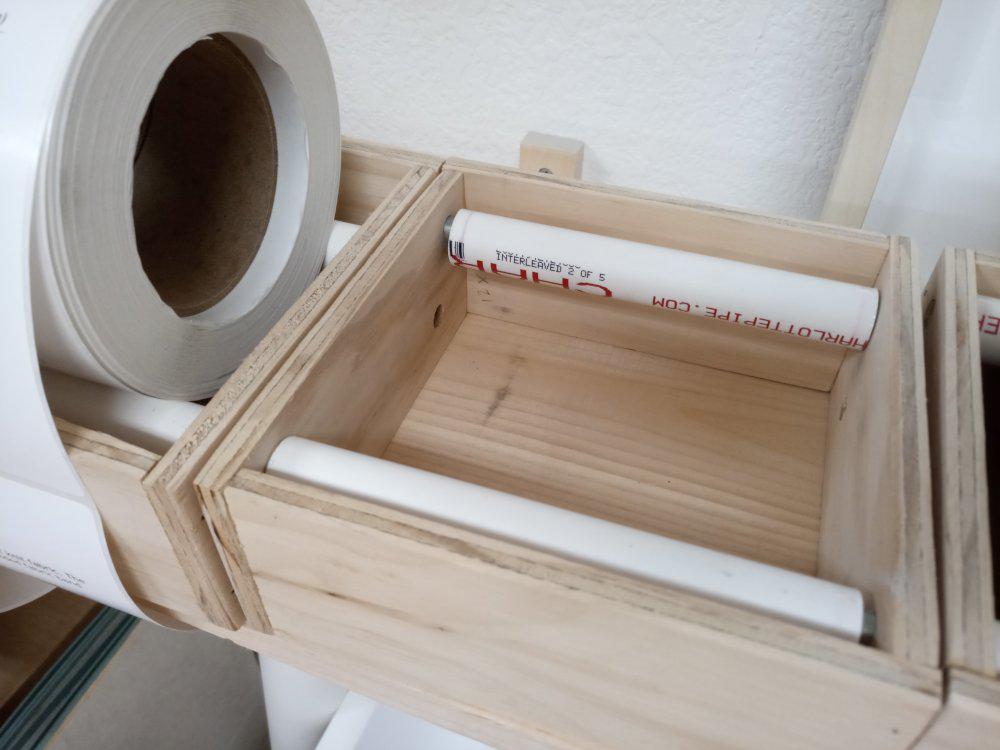
The box partially visible on the left has the narrow roller on top configuration for a small (500 sticker) roll. The empty box has the configuration for a large (1000 sticker) roll.
Each box is made from four identically sized pieces of wood, with sides each having four holes corresponding to two high rollers and two low rollers. One pair of rollers is wide, for big rolls, one pair is narrow for smaller. The box can be flipped to make wide or narrow the higher pair.
The rollers are 3/8" (9.4mm) steel bars with 1/2" (12.7mm) inner diameter PVC water pipe for a roller bearing. There are only two rollers at a time in a box, the steel bars are just friction fit and can be swapped.
This works great. If I were doing it all again, I'd not use the all four identically sized pieces of wood design.

The holes have to be offset differently on left and right sides with this layout which ended up making the drilling of the holes and the assembly a lot more complicated than it needed to be. Setting up the table saw for cutting longer and shorter pieces of wood would have been much easier overall.
 qz thoughts
qz thoughts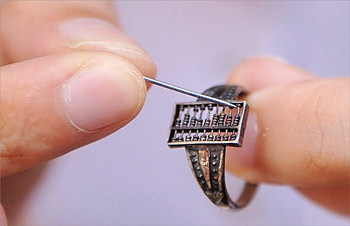
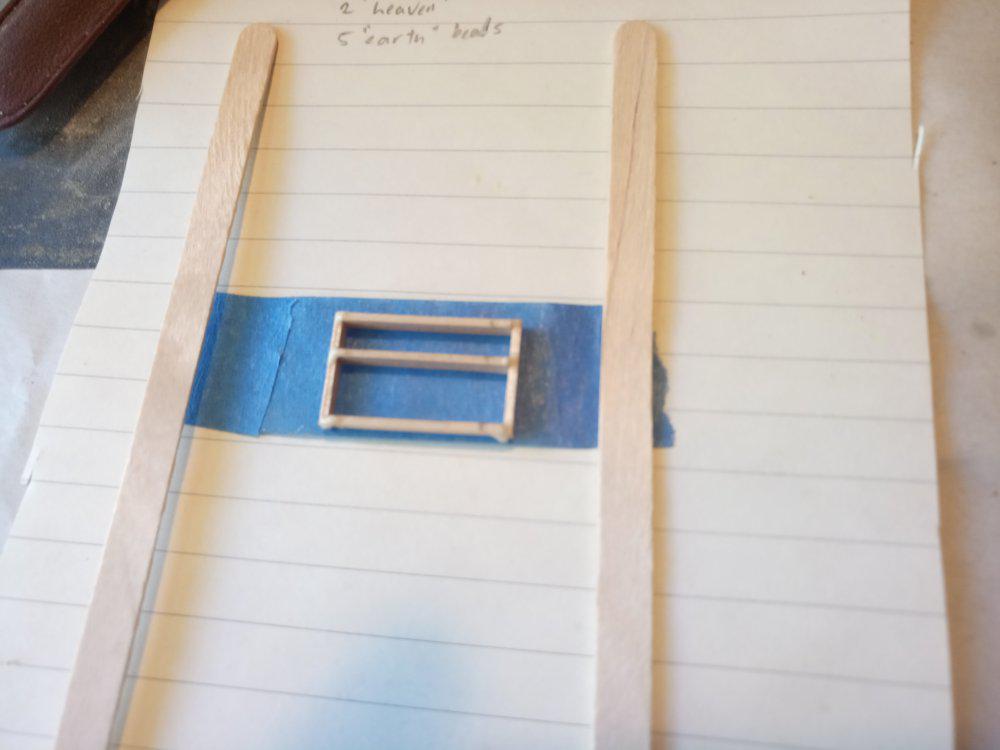
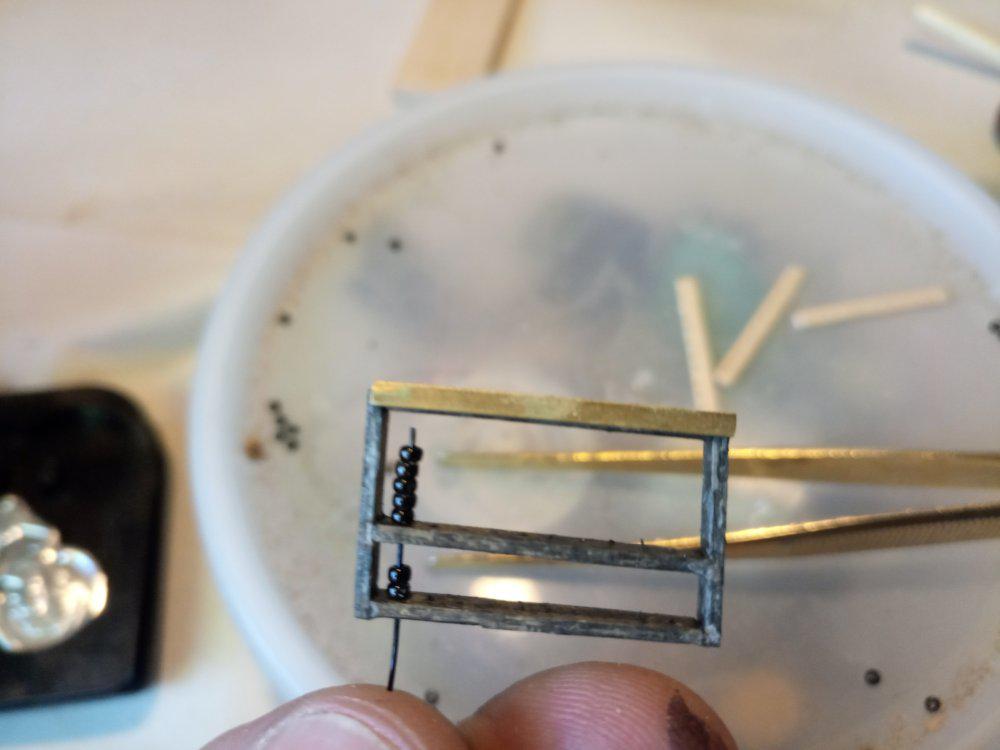
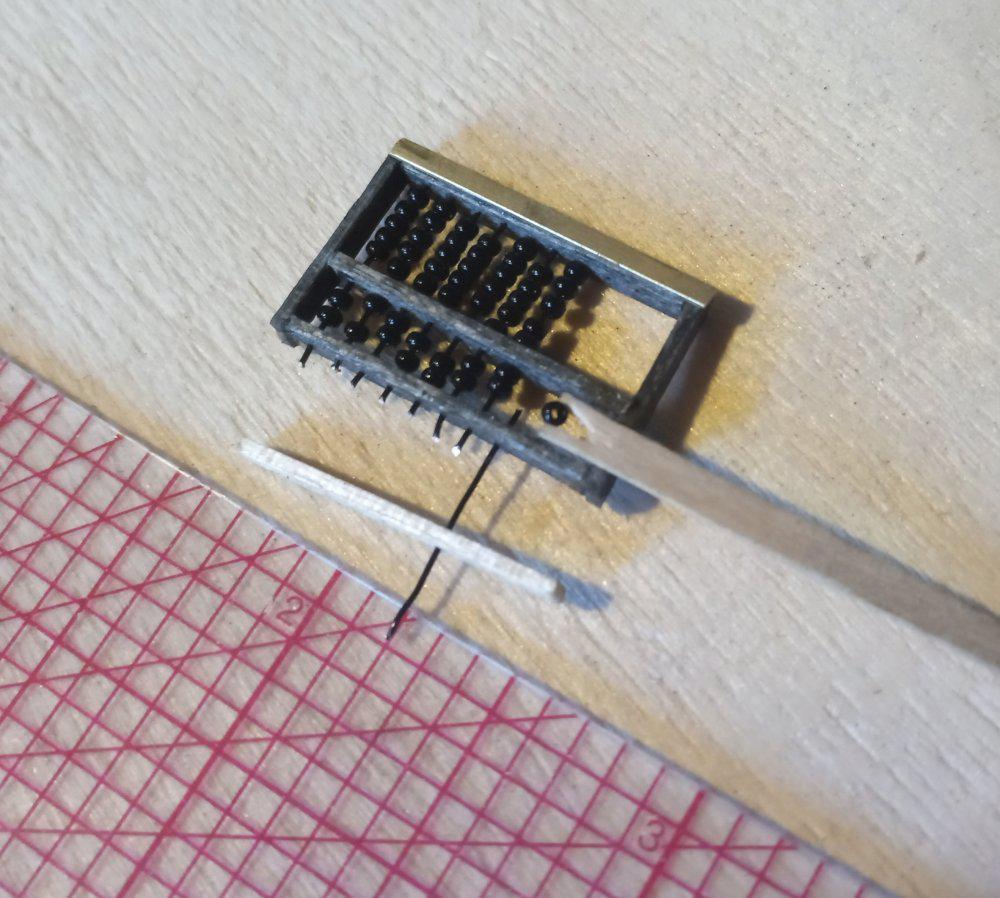
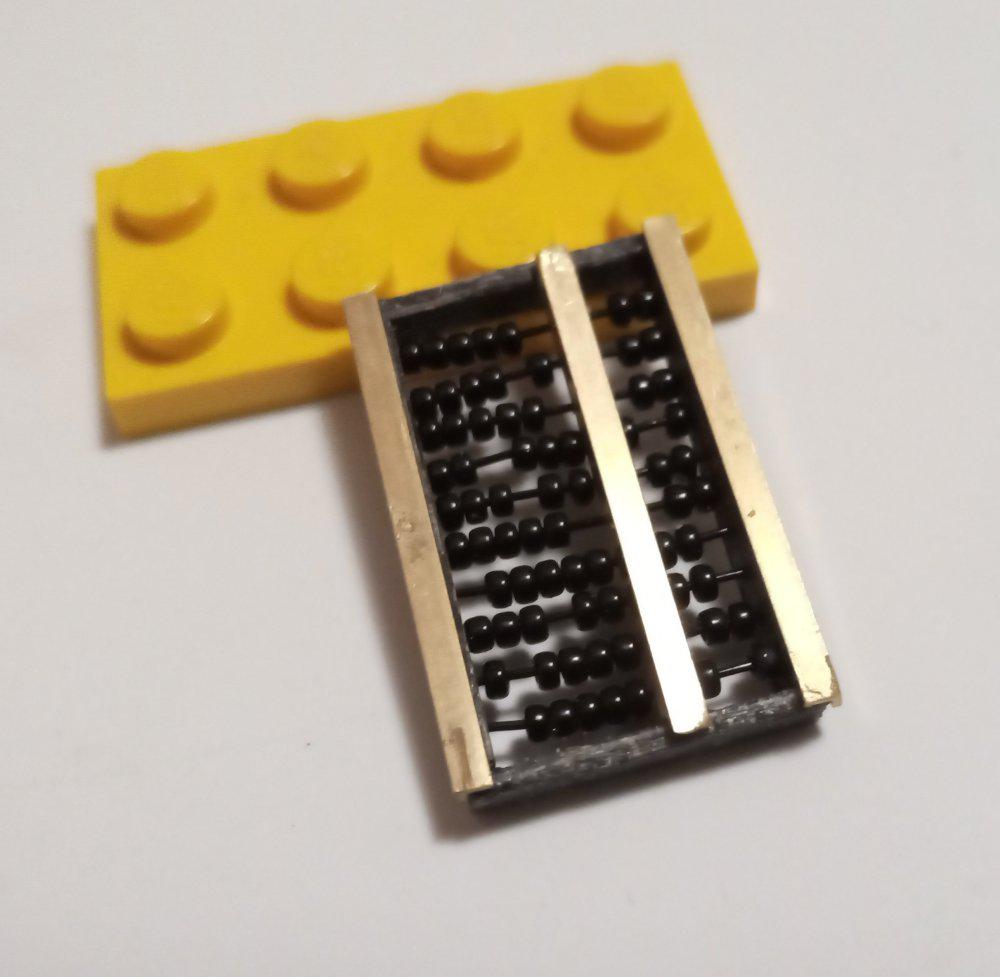
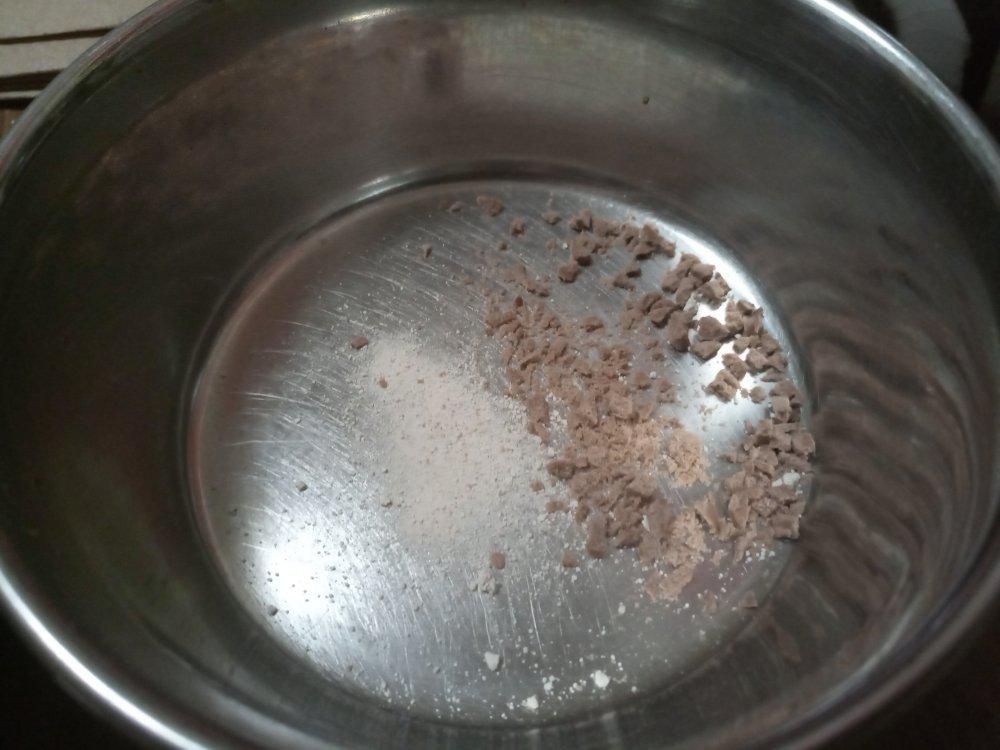
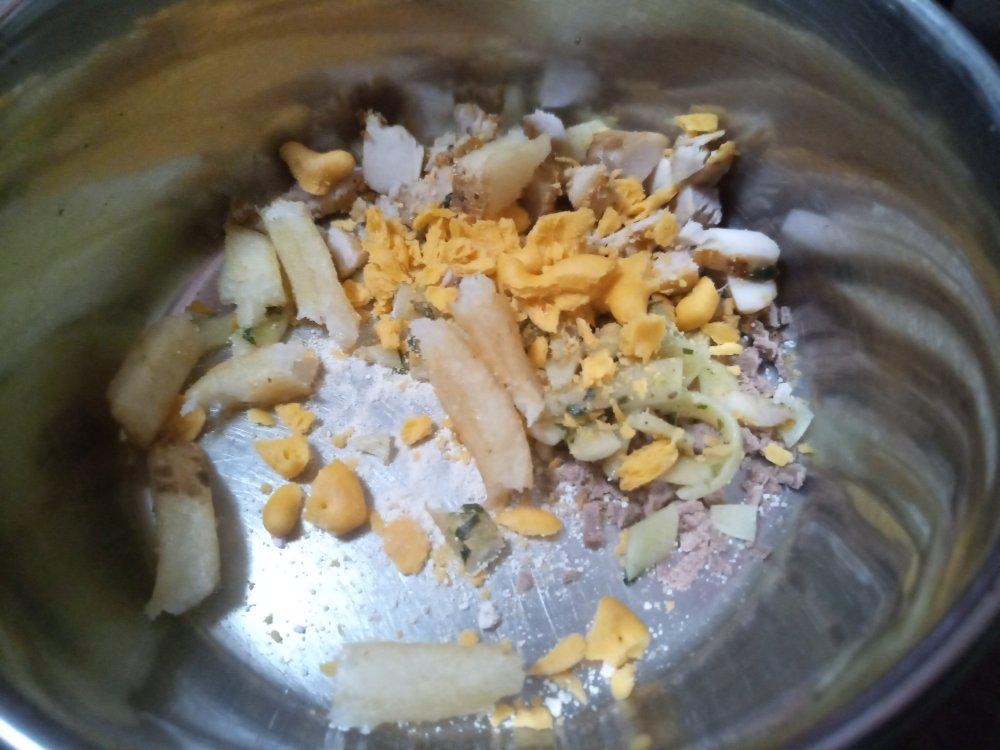 food."
food."